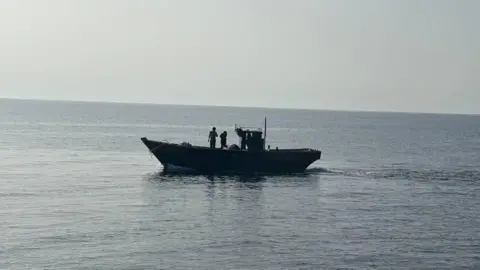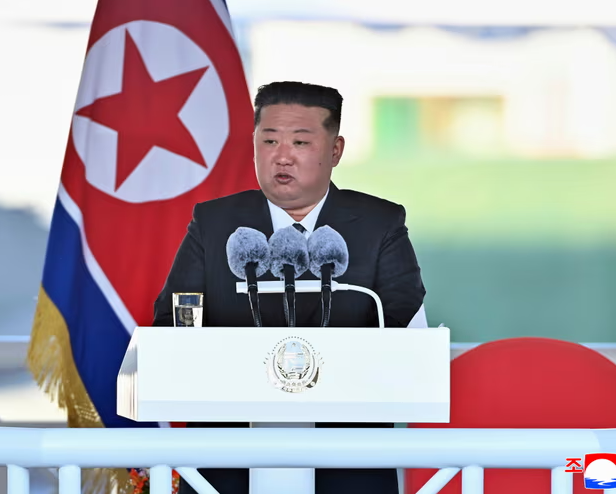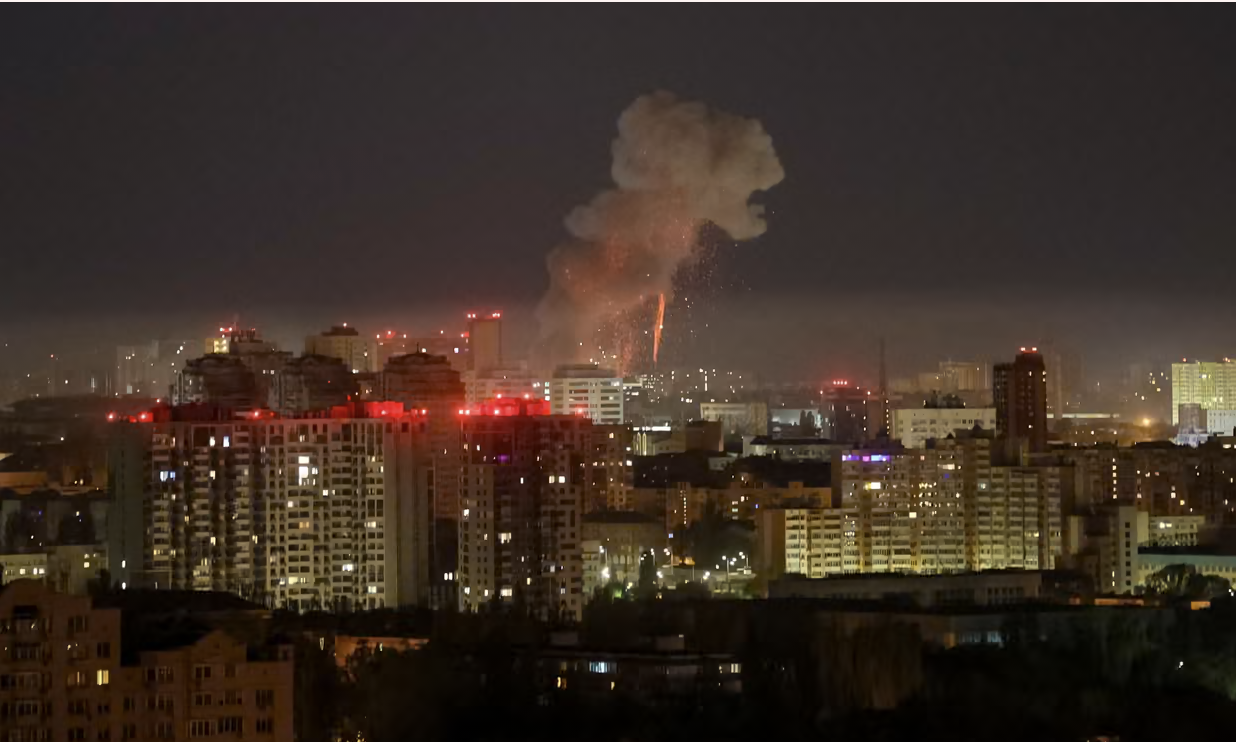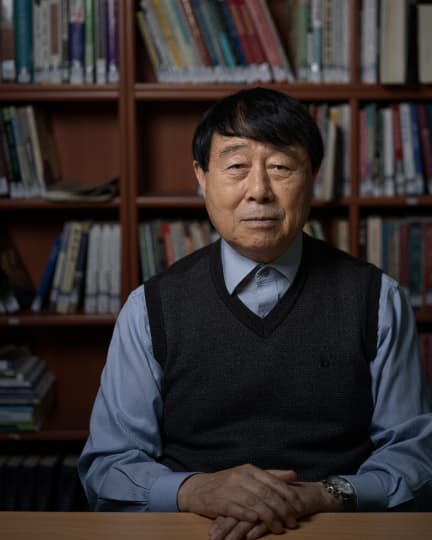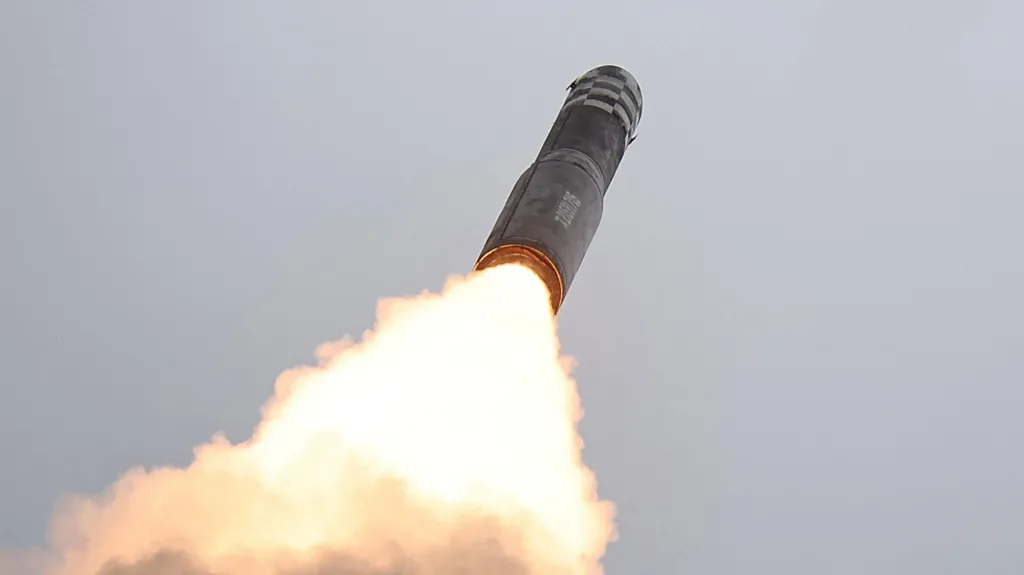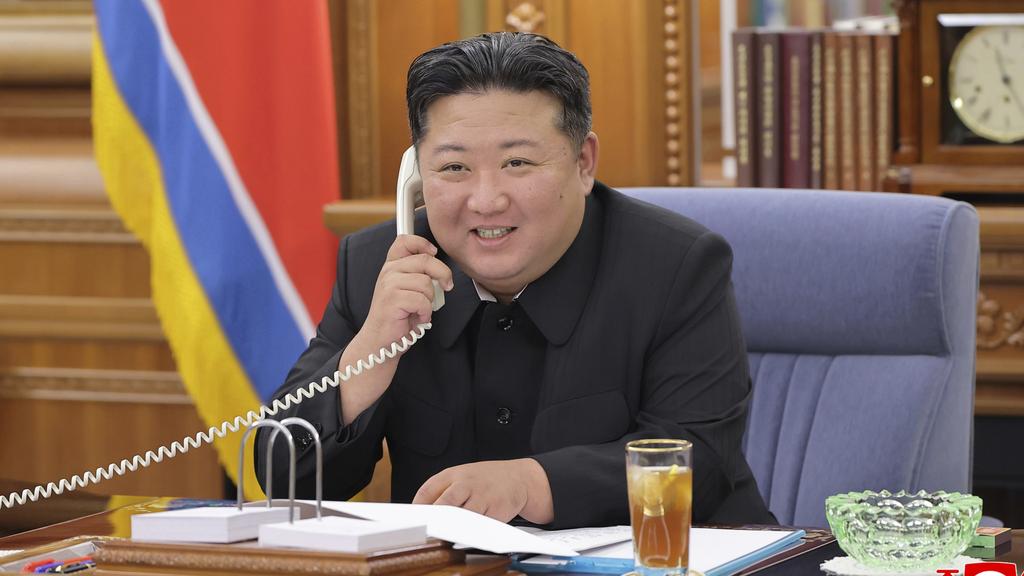
This article is more than
8 year oldThe scary reason why nobody has attempted to shoot-down one of North Korea’s missiles
AIR raid sirens blared across Japan again today. Another North Korean missile streaked over the island nation’s skies.
As startled citizens streamed into bunkers and shelters, Japan’s government went to great lengths to inform and reassure the public that it was doing everything possible to protect them.
Truth is, there is very little the Japanese military can do.
The launch was detected at 6.59am Japanese Standard Time. At 7.06am, the ballistic missile overflew the heavily populated island of Hokkaido. It was in Japanese air space for less than two minutes before it fell into the ocean some 2000km to the east at 7.16am.
RENDEZVIEW: UN is leaving Trump with little choice
Early reports indicate it was in the air for a total of just 17 minutes, during which it reached an altitude of 770km and flew a total of 3700km. This is characteristic of the nuclear-capable HS-12 intermediate range ballistic missile (IRBM).
So why did Japan’s much-hyped interceptor missiles not attempt to take it down?
They probably can’t.

ACTION STATIONS
The North Korean missile was detected within seconds of its launch. US early warning satellites have been keeping a close watch on North Korea for some time now. And there’s an extensive network of radars in South Korea, the Sea of Japan and Japan itself on standby for just such an event.
It would have taken just minutes to activate Japan’s automatic public alert system, with messages flashing up on mobile phones and recorded voices blaring over radios and televisions.
Every movement of the missile would have been precisely tracked. Computers would have been rapidly number-crunching to anticipate its exact flight path.
But no interceptor was fired.
RELATED: North Korea launches yet another missile
This is despite Japan having placed a picket of advanced Aegis radar missile destroyers in the Sea of Japan for just that purpose. And highly visible batteries of Patriot Advanced Capability anti-air missiles have been deployed to major residential and military centres.
When a similar shot was fired in August, Defense Minister Itsunori Onodera told his public that there was no attempt to bring it down as it was not aimed at a target in Japan.
It was also suggested Japan and the United States were deliberately holding fire to watch and learn North Korea’s missile capabilities.
But there are persistent doubts their defence technology is up to the task anyway.

CATCH 22
The ballistic missile was flying very fast, and very high.
Reaction times would have needed to be lightning fast.
There was no time for political decisions. There was no time for consultations with allies.
There was barely enough time to pull the trigger.
In essence, what needed to be done was to shoot down a bullet with another bullet.
But the speed and rapidly-gaining height of the HS-12 would likely have placed it beyond the reach of the Standard Missile 3 interceptors aboard Japanese and US destroyers. It would likely have been too fast and too high for the Patriot PAC3 missiles at Hokkaido’s Chitose Air Base.
“We’d have no shot against an IRBM, or a MRBM or SRBM for that matter, during the missiles boost phase as that is beyond the capability of the SM-3 interceptor,” Arms Control Association director Kingston Reif recently told The National Interest. “For a midcourse intercept, that would depend on the trajectory, how much warning we had, and how many ships were deployed and where.”
And the public fallout of shooting - and missing - would likely be far worse than just another North Korean missile overflight.
EXPLORE MORE: The fire and fury of Kim Jong-un’s dictatorship

The credibility of US and Japanese defence forces would suffer severe damage.
“If they had tried to bring it down and failed, then the consequences would have been serious,” Tokyo-based Nexial Research defence analyst Lance Gatling says. “This is a defensive system that Japan has spent a lot of money on and it had come up short in its first test. That would not have looked good domestically, while it would also encourage the North Koreans to think their missiles could not be touched.”
But even if North Korea’s missile had been flying within the supposed parameters enabling intercept, history shows any attempt would likely have ended in failure.
And the US Pentagon knows it.
“The Regional/Theater BEDS (missile defence systems) demonstrates a limited capability to defend the US Pacific Command, US European Command, and US Central Command areas of responsibility for small numbers of medium- and intermediate-range ballistic missile threats (1000 to 4000km), and a fair capability for short-range ballistic missile threats (less than 1000km range),” the 2016 Pentagon’s Director Operational Test and Evaluation report reads.

WISHFUL THINKING
The Patriot and Standard interceptor missiles currently stationed in and around Japan are advanced. But they’re not the latest technology.
New SM-3 Block IIA Standard missiles are being deployed by the United States. These are supposed to fly higher, faster - and with greater accuracy.
But they’ve also failed several tests.
This is not uncommon for missile interceptors.
Generally tests are conducted under optimal conditions. Launch times, directions and trajectories are often known in advance.
Yet, disturbingly frequently, the test still fail.
Real-world operational conditions will likely reduce their success rate even further.
DELVE DEEPER: How North Korea’s nuclear weapons work

There are a few apparent aces up the West’s sleeve.
A new version of the Standard Missile, the SM-6, was test fired from a destroyer on August 30 - successfully downing a medium range ballistic missile in its final seconds of flight in its first attempt.
Then there’s highly-publicised successor to the Patriot air defence system - the Terminal High Altitude Area Defence system (THAAD). This has been hyped as having a “perfect record on launches” with a claimed track record of 14 kills out of 14 targets so far.
It has also been deployed to Guam and South Korea.
But even this has not been extensively tested against ballistic missiles.
One timely test, however, did prove promising. In July a THAAD system in Alaska successfully downed a mid-range projectile.
But it is only able to intercept intermediate (such as the HS-12) and short range missiles.
The bad news is, in August, North Korea successfully tested its first intercontinental ballistic missile. This appears to be outside THAAD’s scope.

THE NEXT THREAT
In August, Pyongyang declared it was “seriously examining the plan for an enveloping strike at Guam through simultaneous fire of four Hwasong-12s.”
These missiles would “cross the sky above Shimane, Hiroshima, and Koichi Prefectures of Japan” before flying the 2350km in 18 minutes necessary to reach the US territory of Guam.
Such an open act of aggression puts the US in a challenging position.
Should it shoot back, or not?
By the time the North Korean missiles true target is known, they may likely already be outside of intercept launch range from South Korea and Japan. And the recent loss of two advanced US destroyers capable of launching interceptor missiles to collisions makes matters worse.
So Guam will need to defend itself with antimissile batteries there.
EXPLORE MORE: What a war with North Korea would look like

“Even if one missile is successfully intercepted, the odds of going four-for-four with North Korea’s Hwasong-12 salvo over the Sea of Japan using SM-3s are likely to be vanishingly low,” North Korea missile analyst Ankit Panda recently wrote.
“If he (Kim Jong-un) orders a salvo test and the US and Japan attempt interception but fail to make contact with all four missiles, US defence assurances and credibility take a hit. “In any scenario where a ballistic missile is allowed to overfly Japan into the Pacific, this remains true.” In the end, Panda says, the prospect of successful interception of one IRBM would come down to a great number of variables having to fall in favour of the United States and Japan.
So alternative options will have to be explored.

PRE-EMPTIVE STRIKE?
In the face of Kim Jong-un’s increasingly inflammatory rhetoric and nuclear-capable missiles flying over its territory, Japan’s President Shinzo Abe is faced with a terrible decision.
Should he rely on unproven, unreliable interceptor missiles to protect his people.
Or should he consider something much more extreme.
In recent months the Japanese government has been debating the need to modify its pacifist constitution to allow a pre-emptive strike capability.
It’s already been quietly building up just such an ability, such as the acquisition of the stealthy F-35 strike fighter.
RELATED: The US wants to blockade North Korea

North Korean leader Kim Jong-Un looking at a metal casing with two bulges at an undisclosed location. Picture: AFPSource:AFP
But more blatant moves - such as the acquisition of its own ballistic and cruise missiles - will need a constitutional shift.
And this is looking increasingly likely in the face of the limitations of antimissile systems.
“Calls to shoot down DPRK missiles tests reflect widespread overconfidence in the efficacy and importance of missile defence,” Reif said. “Missile defence is not an escape route from our and our allies vulnerability to a nuclear-armed North Korea, which is (already) taking steps to evade our defences and can build more missiles to overwhelm our defences.”
